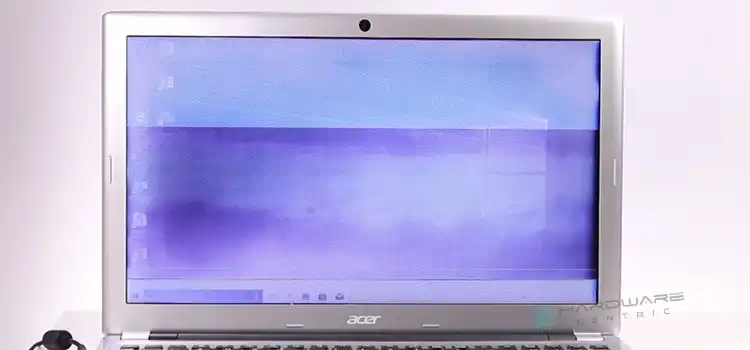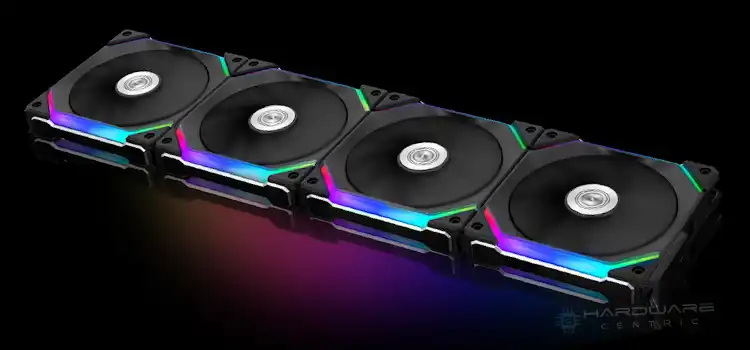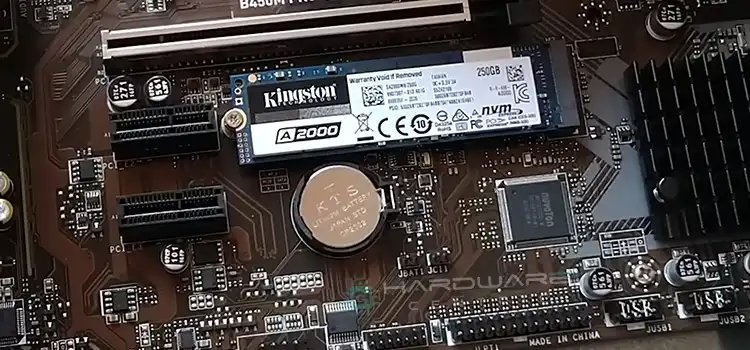Does It Matter Which SATA Port I Use? | Choosing the Right SATA Port
Technically, yes, it does matter. It’s quite important in a way to know which SATA port you should use. There’re two things that you should consider – Motherboard’s model and the SATA port version.
So, if you’re about to connect an HDD or SSD to your motherboard and are confused about using SATA ports, then you’ve come to the exact place.
Here, we’re providing you with all the essential information that you should know before any SATA port utilization.
So, without any further ado, follow the article till the end.
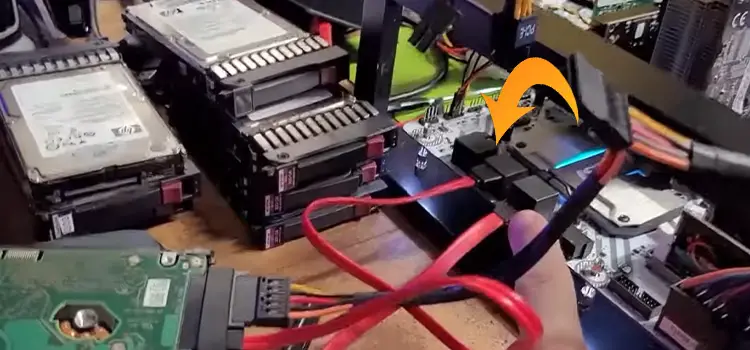
When Does SATA Port Choice Matter?
Serial Advanced Technology Attachment as known as SATA is the standard to define the connection between the motherboard and the data storage devices such as SSDs, HDDs, and CD drives. You can also connect any modern 2.5 or 3.5-inch hard drive to a motherboard using the SATA connection standard.
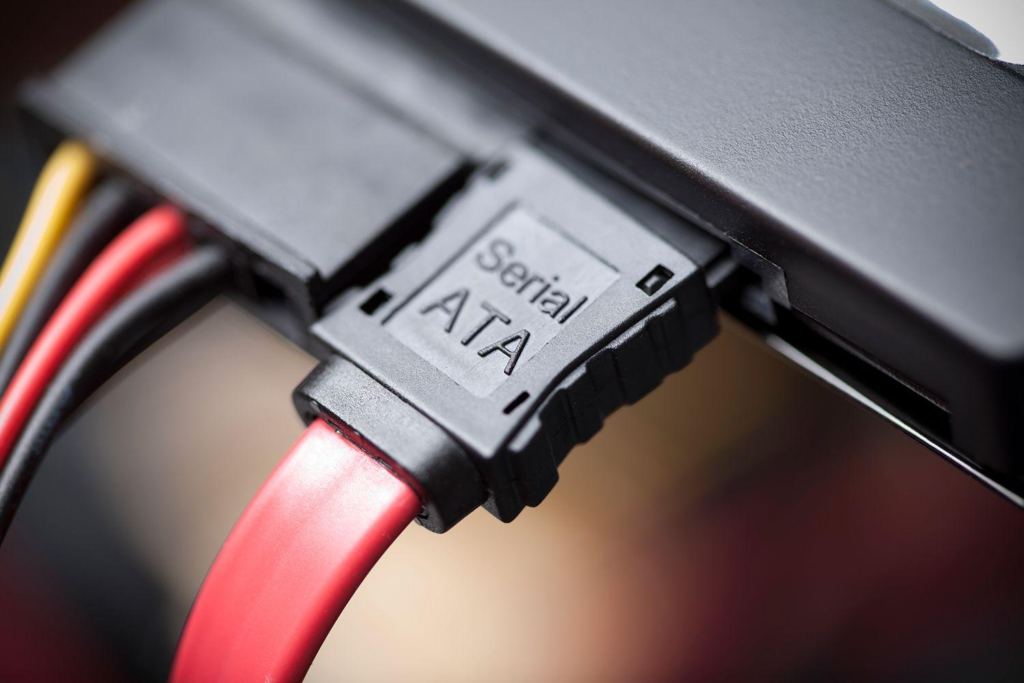
If you’ve used older computers, you may be familiar with a long, flat, and ugly cable to connect your hard drive to your motherboard. It was called PATA (Parallel Advanced Technology Attachment) which is replaced with this modern connection standard with enhanced functionalities.
Before stepping ahead let us clear you about SATA versions and their transfer rates in case you aren’t familiar with them. There’re three types of SATA versions available.
| SATA Generation | Data Transfer Rate | Bandwidth Throughput |
| SATA 1 | 1.5 Gb/s or 0.1875 GB/s | 150 MB/s |
| SATA 2 | 3.0 GB/s or 0.375 GB/s | 300 MB/s |
| SATA 3 | 6.0 GB/s or 0.700 GB/s | 600 MB/s |
Now elaborate on why it matters –
1. Motherboard Model and SATA Version
The latest motherboards support SATA 3 ports while the older motherboards support all SATA 1, SATA 2, and SATA 3 ports.
From the table, you can easily understand that if your motherboard’s SATA ports are SATA 3, then it doesn’t matter, you’ll get the highest transfer speed.

But if you’ve mixed ports and you connect to a SATA 1 port or SATA 2 port, then you’ll get one-fourth or half of the SATA 3’s speed accordingly.
This is because the SATA 1 port is able to transfer a maximum of 1.5 Gb/s and the SATA 2 port can transfer 3 Gb/s at its best. Basically, this is where it does matter.
When they’re different generations of SATA ports, generally they’re color-coded and labeled with the version and port number.

Therefore, if you’ve got a SATA 3 drive, then you should connect it to a SATA 3 connector. That’s how you can achieve the top 6 Gb/s speed.
But if you use a SATA 2 port instead of SATA 3, then you can’t get the full advantage of the drive.
So, now you may realize that the motherboard’s model and SATA port version are very important when you get to use SATA ports.
NOTE: If all the SATA ports are maintaining any uniform placement such as a RAID array, then you can use any SATA port without worrying.
2. Storage Devices: SATA SSD or HDD
Sometimes it also depends on the type of storage you’re going to use. If you connect a SATA SSD to a SATA 3 port, it’ll transfer with a high bandwidth throughput of approximately 600 MB/s.

Even SATA 3 SSD is compatible with SATA 1 and 2. But obviously, you don’t want to use them for a lower speed.
On the other hand, HDD has a maximum transfer rate of approximately 200 MB/s. That’s why you can’t use it on SATA 2 or 3 as they’re capable of transferring at a higher rate than that. Here also port does matter.
NOTE: There’re motherboards where SATA ports can share their connection with another port. That’s why they’ve got a feature of utilizing a specific SATA port.
For instance, when you will insert SATA M.2 SSD, SATA 1 port will become unavailable. Because the M.2 SSD slot and the SATA 1 together share the same connection. Again, in this case, the port does matter.
So, Does It Matter What SATA Port You Use or Change the SATA Port?
The accurate answer is – it depends:
If you’re using a modern motherboard and aren’t using any M.2 drives, then it won’t matter what SATA port you use. But if you are using M.2 drives on a modern motherboard, then it may matter. Again, if you’re using an older motherboard that is around 6-9 years older, then it may also matter.
When You Shouldn’t Worry About SATA Ports:
Here are the facts when you don’t need to worry much about which SATA port you’re using –
- While Not Using M.2 Devices
- While You’re Using Newer or Expensive Motherboards
When You Should Choose Certain SATA Ports:
In some cases, it really matters which SATA port you are using to get your desired performance from your hard drives. Here are the facts you should consider while choosing SATA ports –
- If You Are Using M.2 Drives
- If You Are Using Latest SATA Port Version on Older Motherboard
- If You’re Connecting a SATA SSD or an HDD
Frequently Asked Questions (FAQs)
What SATA port should I use to connect HDD?
If you want to connect a single HDD to your computer, you should connect it to the motherboard’s lowest-numbered port. Such as 0 or 1.
Are all SATA ports on the motherboard the same?
It depends on the motherboard’s infrastructure. If your motherboard only supports a certain version of SATA, then surely they will be the same and their data transfer rate will also be the same. But if the ports are mixed with other versions, then they aren’t the same and each version port will carry a specific transfer rate.
Does It Matter What Order SATA Port I Use?
No, normally it doesn’t matter what order SATA port you use. But it is best to start with the lowest number of SATA ports. For example, if you have a single SATA hard drive, then connect it to SATA0 or SATA1 and leave other ports for your optical drives.
Is It OK to Switch SATA Ports?
Changing the SATA ports across different colors or numbers means changing the hard drive controller. As the drive depends on its controller in a system, it is not good to switch SATA ports.
Can You Plug a SATA 3 Into a SATA 6?
Yes, SATA ports are backward compatible so you can obviously plug a SATA 3 into a SATA 6 and it will work perfectly.
Conclusion
By now, it should be clear to you that it absolutely does matter. So, if the drives support SATA 3 type, then try to use them to the SATA 3 ports to make sure the best speed. Plug to label 0 or 1 port primarily.
Subscribe to our newsletter
& plug into
the world of PC Hardwares
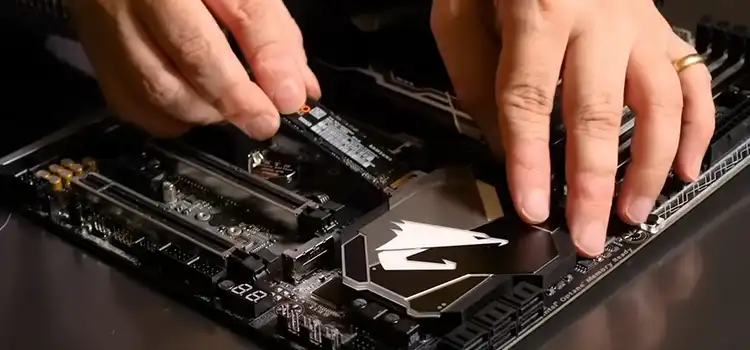
![[9 Fixes] New PC Build No Video Output](https://www.hardwarecentric.com/wp-content/uploads/2023/02/New-PC-Build-No-Video-Output.webp)
